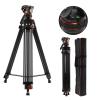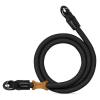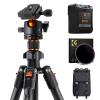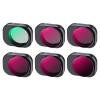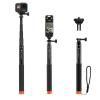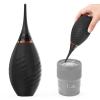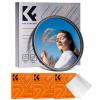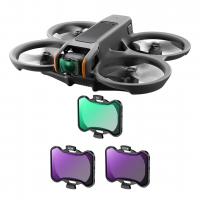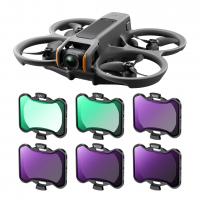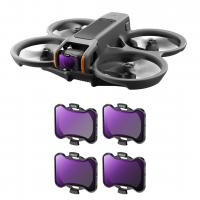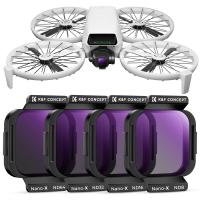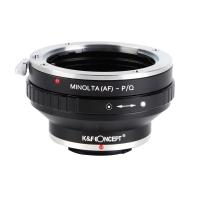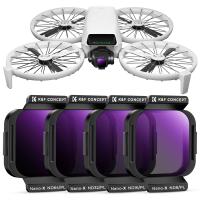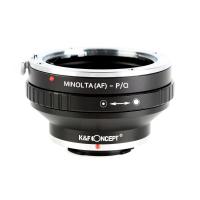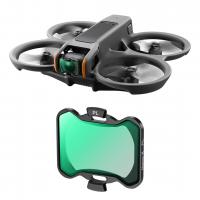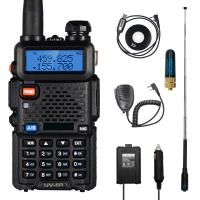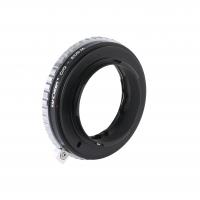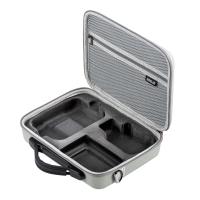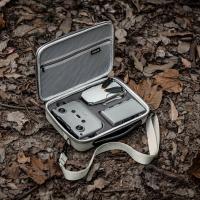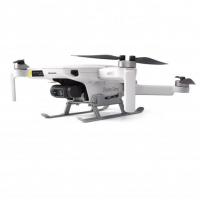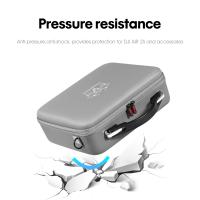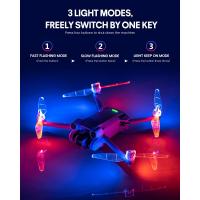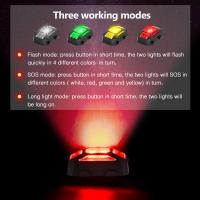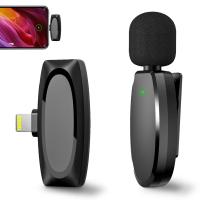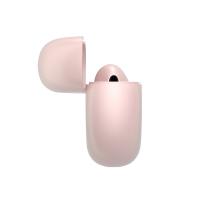How A Drone Fly?
Drones, also known as unmanned aerial vehicles (UAVs), have become increasingly popular in various fields, from recreational use to professional applications such as photography, agriculture, and even delivery services. Understanding how a drone flies involves delving into the principles of aerodynamics, the technology behind its components, and the control mechanisms that allow for precise maneuvering. This article aims to provide a comprehensive overview of how drones achieve flight, addressing common questions and practical concerns.
The Basics of Drone Flight
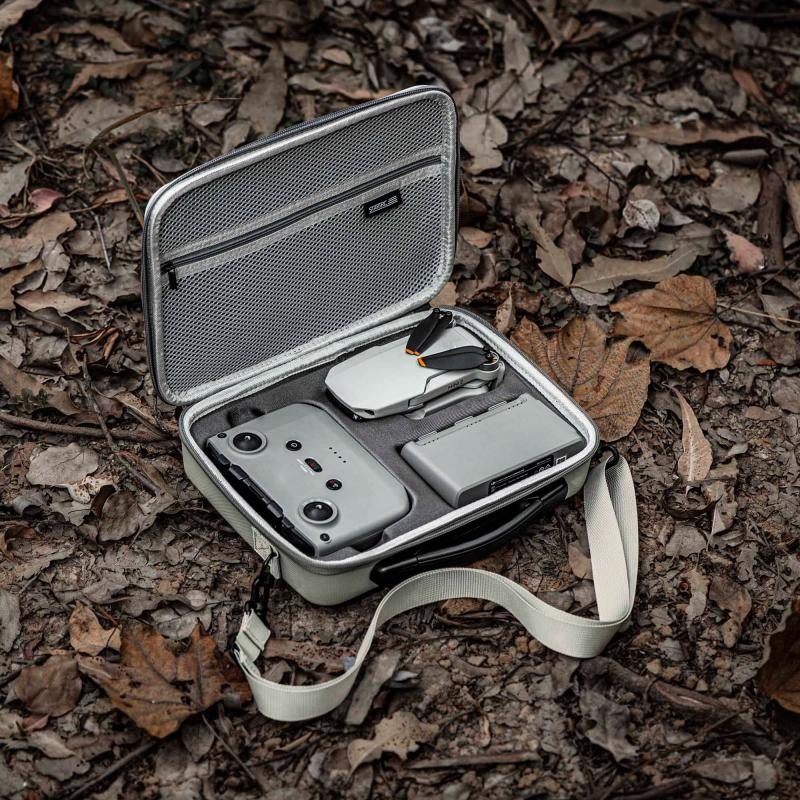
At its core, a drone's ability to fly is governed by the principles of aerodynamics, similar to any other aircraft. However, drones, particularly quadcopters, have unique characteristics that set them apart. A typical quadcopter drone has four rotors, each with a propeller, and these rotors are the primary source of lift and thrust.
Lift and Thrust
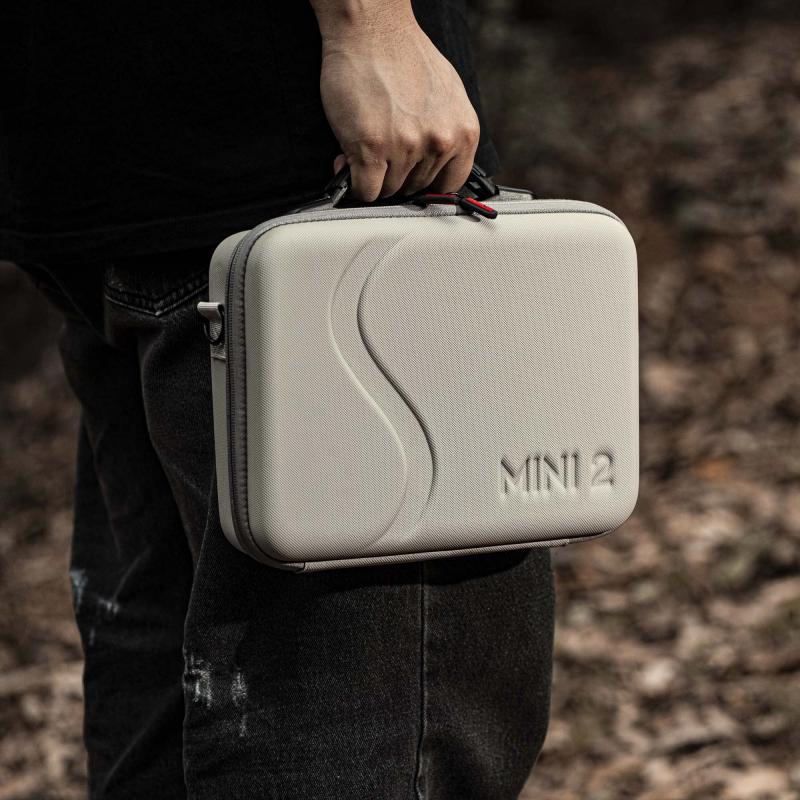
Lift is the force that allows the drone to rise off the ground. It is generated by the rotors spinning at high speeds, which creates a difference in air pressure above and below the propellers. This pressure difference produces an upward force that counteracts the drone's weight. Thrust, on the other hand, is the force that propels the drone forward. By adjusting the speed and direction of the rotors, the drone can move in various directions.
Stability and Control
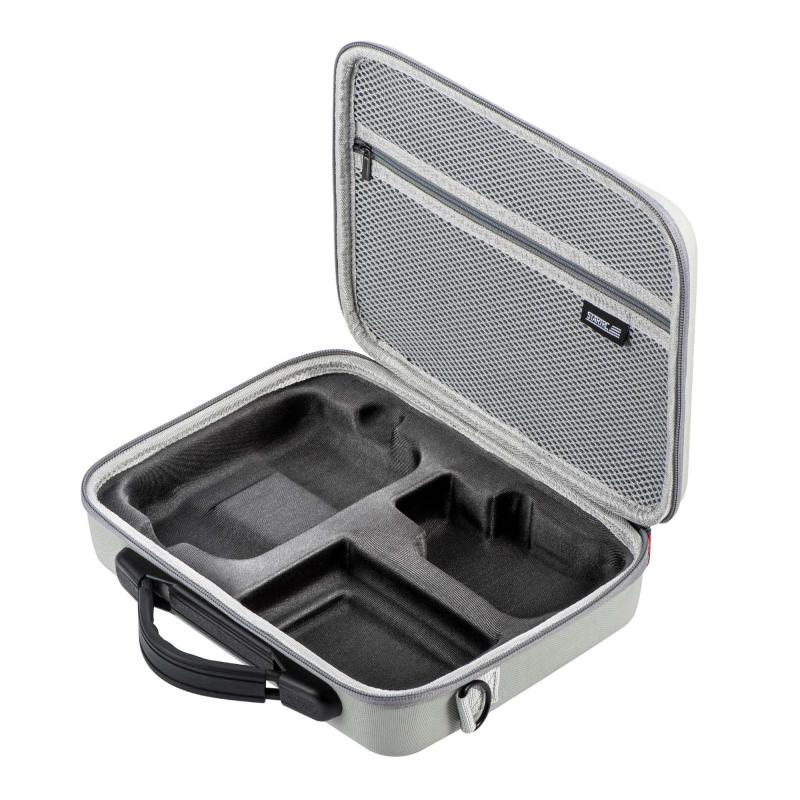
Stability is crucial for a drone to maintain a steady flight. This is achieved through a combination of gyroscopes and accelerometers that constantly monitor the drone's orientation and movement. These sensors feed data to the flight controller, which makes real-time adjustments to the rotor speeds to keep the drone balanced.
Control is managed through a remote controller or a mobile app, which sends signals to the drone's flight controller. The flight controller interprets these signals and adjusts the rotor speeds accordingly. For example, to move forward, the rear rotors spin faster, creating more lift at the back and tilting the drone forward.
Components of a Drone
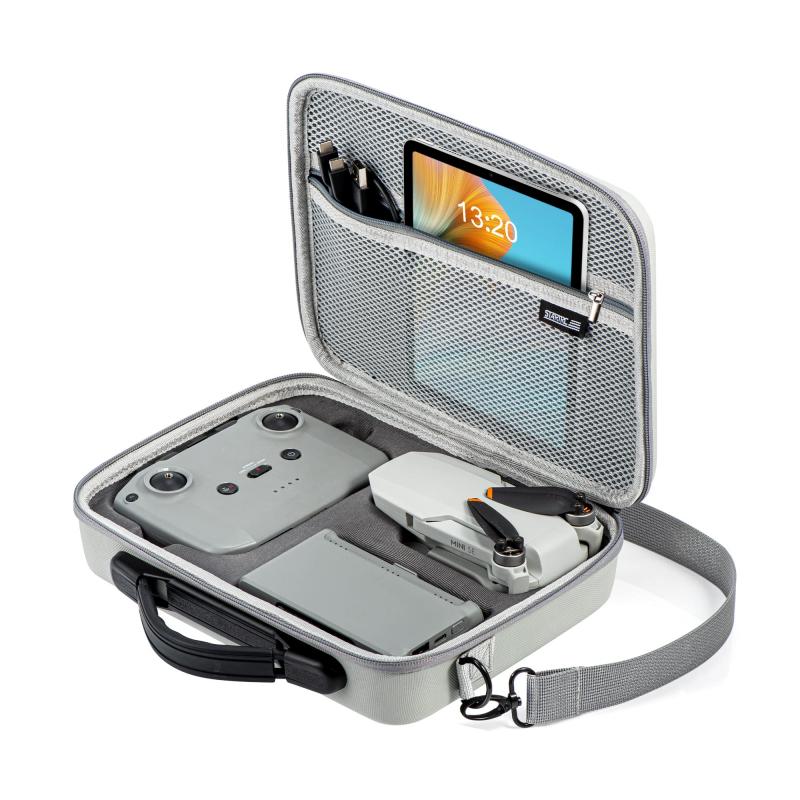
To understand how a drone flies, it's essential to know the key components that make up the system:
1. Frame: The structure that holds all the components together. It needs to be lightweight yet sturdy.
2. Motors: These drive the propellers and are responsible for generating lift and thrust.
3. Propellers: Attached to the motors, they spin to create the necessary lift.
4. Electronic Speed Controllers (ESCs): These regulate the speed of the motors based on signals from the flight controller.
5. Flight Controller: The brain of the drone, it processes input from the remote controller and sensors to maintain stability and control.
6. Battery: Provides the power needed for the motors and electronics.
7. GPS Module: Helps with navigation and positioning, especially for autonomous flight.
8. Camera and Gimbal: Optional components for aerial photography and videography, with the gimbal providing stabilization.
How Drones Achieve Different Movements
Drones can perform a variety of movements, including hovering, ascending, descending, and moving in different directions. Here's how these movements are achieved:
Hovering
To hover, the drone's flight controller ensures that all four rotors spin at the same speed, generating equal lift. This balance keeps the drone stationary in the air.
Ascending and Descending
To ascend, the flight controller increases the speed of all four rotors, generating more lift than the drone's weight. To descend, it decreases the rotor speeds, reducing lift and allowing gravity to pull the drone down.
Moving Forward, Backward, and Sideways
To move forward, the rear rotors spin faster than the front rotors, tilting the drone forward and generating forward thrust. The opposite happens to move backward. For sideways movement, the left or right rotors spin faster, tilting the drone in the desired direction.
Yaw (Rotating)
Yaw refers to the drone's ability to rotate around its vertical axis. This is achieved by varying the speeds of the rotors diagonally opposite each other. For example, to rotate clockwise, the front-left and rear-right rotors spin faster, while the front-right and rear-left rotors spin slower.
Advanced Flight Modes
Modern drones come equipped with advanced flight modes that make flying easier and more intuitive. Some of these modes include:
1. GPS Mode: Utilizes GPS data to maintain a stable position and altitude, making it easier to hover and navigate.
2. Altitude Hold: Uses barometric pressure sensors to maintain a constant altitude without manual input.
3. Headless Mode: Simplifies control by making the drone's orientation relative to the pilot, regardless of which way the drone is facing.
4. Return to Home: Automatically brings the drone back to its takeoff point, useful in case of signal loss or low battery.
Practical Considerations for Flying a Drone
Flying a drone involves more than just understanding the mechanics; it also requires adherence to safety guidelines and regulations. Here are some practical tips:
1. Pre-Flight Check: Always perform a thorough check of the drone's components, including the battery, propellers, and sensors, before taking off.
2. Weather Conditions: Avoid flying in adverse weather conditions such as strong winds, rain, or fog, as these can affect the drone's stability and control.
3. Legal Regulations: Familiarize yourself with local regulations regarding drone flight, including no-fly zones, altitude limits, and registration requirements.
4. Battery Management: Keep an eye on the battery level and ensure you have enough power for a safe return. Carry spare batteries for extended flight sessions.
5. Practice: Start with basic maneuvers in an open area before attempting more complex flights. Gradually build your skills and confidence.
Troubleshooting Common Issues
Even with the best preparation, you may encounter issues while flying your drone. Here are some common problems and their solutions:
1. Loss of Signal: If the drone loses connection with the remote controller, it should automatically return to the home point if equipped with GPS. Ensure this feature is enabled.
2. Drifting: If the drone drifts while hovering, recalibrate the gyroscope and accelerometer. Check for any obstructions or damage to the sensors.
3. Motor Failure: If a motor fails, land the drone immediately and inspect the motor and ESC for any damage or loose connections.
4. GPS Issues: If the drone struggles to lock onto GPS signals, move to an open area away from tall buildings or dense foliage.
Understanding how a drone flies involves a combination of aerodynamics, technology, and practical skills. By grasping the principles of lift, thrust, stability, and control, you can better appreciate the complexity behind these fascinating machines. Whether you're a hobbyist or a professional, mastering the basics and adhering to best practices will ensure a safe and enjoyable flying experience. As drone technology continues to evolve, staying informed and adapting to new advancements will keep you at the forefront of this exciting field.

